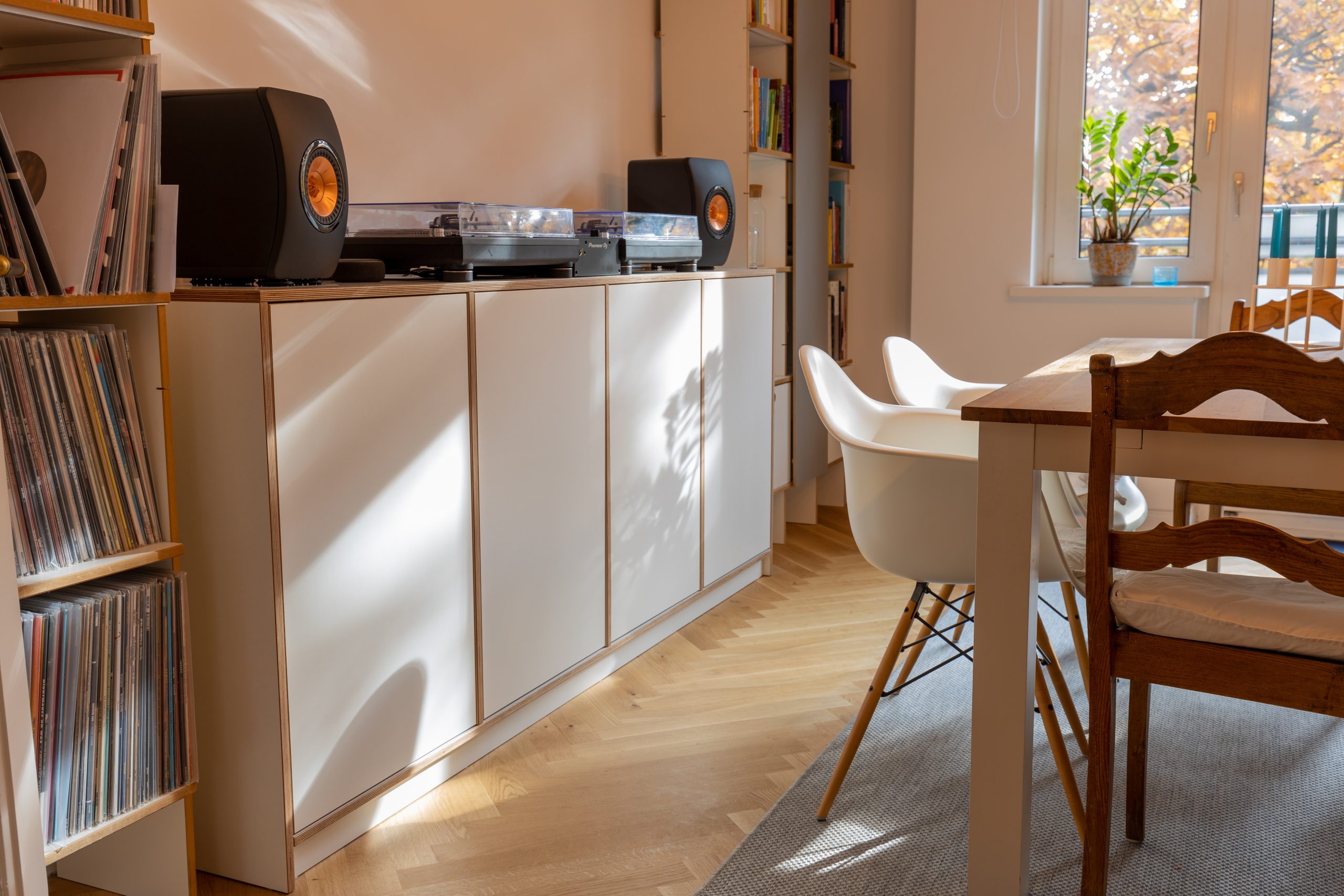
28 Sep Which is Quieter: Vinyl or Laminate?
When considering flooring options for a home or office, many people weigh up different factors. Cost, durability, and appearance are often at the top of the list. But let’s not overlook another important factor: noise level. Yes, some flooring types are quieter than others, offering a more serene living or working environment. Two common choices in this regard are vinyl and laminate flooring. But which one takes the crown for being quieter? Let’s find out.
Material Composition and Noise Reduction
To understand which flooring type offers superior sound insulation, it’s vital to look at their material composition.
Vinyl Flooring
Vinyl flooring is typically made of a single layer of synthetic material—usually polyvinyl chloride (PVC). It is softer and can cushion footsteps effectively, reducing the noise you hear when walking.
Laminate Flooring
Laminate, on the other hand, is a multi-layer composite that includes a top layer of a high-resolution photo of real wood or stone, covered by a clear protective layer. Its core layer is usually made of high-density fibreboard (HDF), which is relatively hard. Because of its softness and flexibility, vinyl naturally absorbs more sound. Laminate’s denser structure means that it doesn’t offer the same level of noise reduction.
Underlayment Matters: Vinyl or Laminate
Underlayment is the layer that goes between the new flooring and the subfloor. This layer plays a crucial role in soundproofing.
For vinyl, underlayment is not always required as many products come with a pre-attached underlayment layer. Even without additional underlayment, the intrinsic softness of the material provides decent sound absorption.
Laminate usually requires separate underlayment, which can be specially designed to reduce noise. Foam or cork underlayments for laminate can significantly improve its sound-dampening abilities.
Acoustic Ratings: IIC and STC
When it comes to noise reduction, specific acoustic ratings can help guide your decision.
- Impact Insulation Class (IIC) measures how well the floor mitigates impact sounds, like footsteps or dropped objects.
- Sound Transmission Class (STC) indicates how well the floor blocks airborne sounds, such as voices or music.
Vinyl generally has higher IIC and STC ratings compared to laminate when tested without underlayment. However, the gap narrows when both are tested with high-quality underlayments.
Lifestyle and Usage: Vinyl or Laminate
Your lifestyle and how you intend to use the space can also affect your choice.
For homes with kids or pets, vinyl’s sound-absorbing qualities might be more beneficial. It’s also water-resistant, making it easier to clean up spills or accidents, which is a separate bonus altogether.
Laminate is more resistant to scratches and can withstand heavy furniture better. So, if you have a busy household but are willing to invest in quality underlayment, laminate could be a good fit.
Installation Complexity: Vinyl or Laminate
The way these floor types are installed can also impact their acoustic performance.
Vinyl is generally easier to install and allows for more error. Any imperfections in the subfloor are less likely to affect the final outcome, thereby maintaining its sound-reducing qualities.
Installing laminate can be more challenging, and imperfections in the subfloor may compromise its sound-dampening capabilities. This is another reason why vinyl often outperforms laminate in terms of noise reduction.
So, Vinyl or Laminate?
Both vinyl and laminate have their merits, but when it comes solely to noise reduction, vinyl has a slight edge. Its material composition and inherent softness make it a naturally quieter option. However, with the right underlayment, laminate can also offer respectable sound-dampening qualities.
As always, consider your specific needs, lifestyle, and what you’re willing to invest in terms of both money and installation effort. Either way, understanding the acoustics of your flooring options can help you make a more informed decision for a quieter and more peaceful space.



